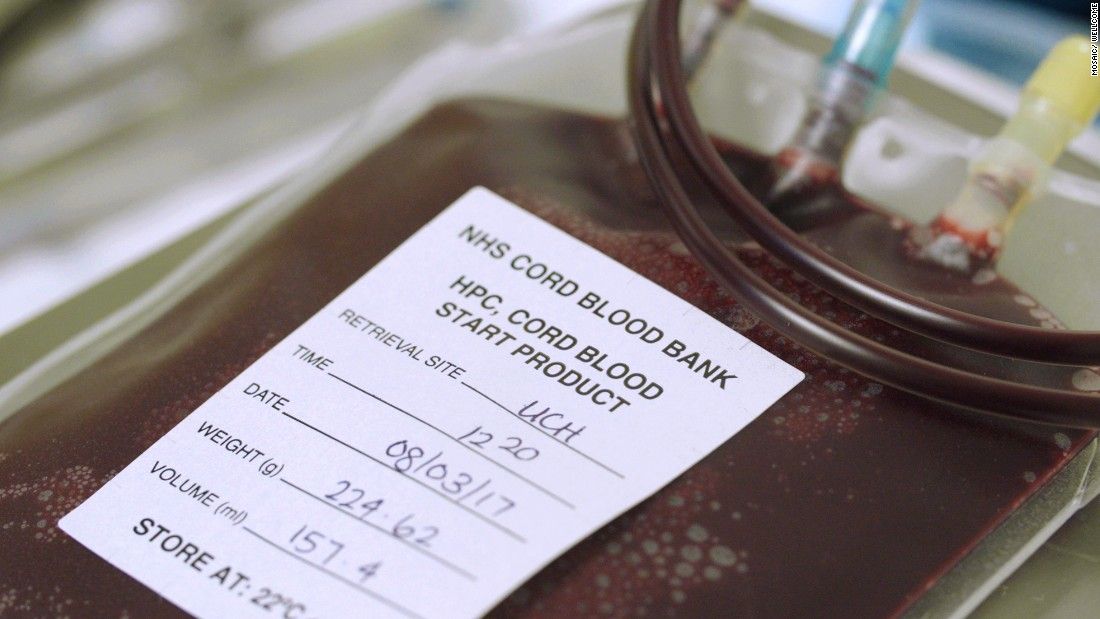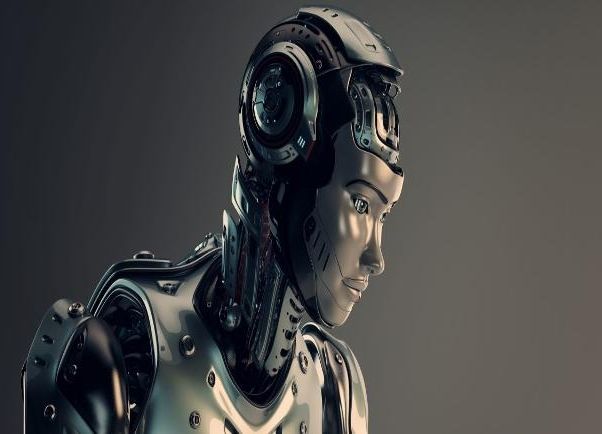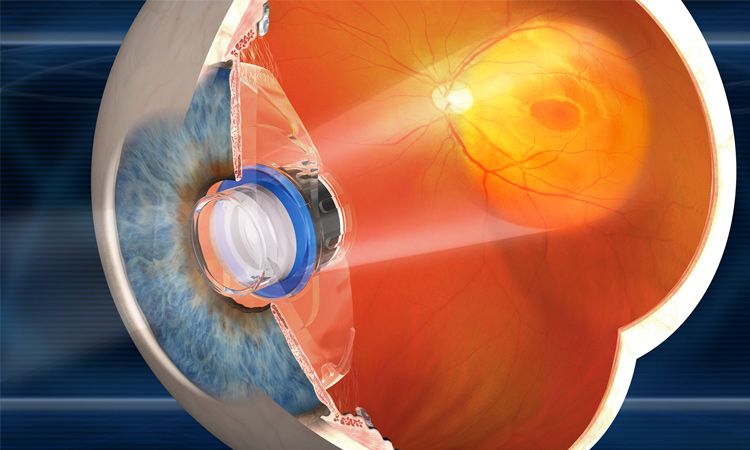Transplanted umbilical cord blood can be used to treat or cure more than 80 conditions, from leukaemia to sickle-cell disease. Chris, diagnosed with leukaemia, used blood from three babies he’ll never meet, to keep him alive.




Algorithms with learning abilities collect personal data that are then used without users’ consent and even without their knowledge; autonomous weapons are under discussion in the United Nations; robots stimulating emotions are deployed with vulnerable people; research projects are funded to develop humanoid robots; and artificial intelligence-based systems are used to evaluate people. One can consider these examples of AI and autonomous systems (AS) as great achievements or claim that they are endangering human freedom and dignity.
We need to make sure that these technologies are aligned to humans in terms of our moral values and ethical principles to fully benefit from the potential of them. AI and AS have to behave in a way that is beneficial to people beyond reaching functional goals and addressing technical problems. This will allow for an elevated level of trust for technology that is needed for a fruitful pervasive use of AI/AS in our daily lives.

Following the principle set in the first version, Tallinn Manual 2.0 – a document that provides guidance on how the existing international law could be adapted to cyber operations in the most appropriate way – reiterates that cyber activity should not be perceived as happening in a legal vacuum.
Estonia has become one of the forerunners and success stories of introducing digital identity, e-governance and an online voting system. The e-residency programme, which allows foreign citizens living outside of the physical national borders of Estonia to obtain a secure digital identity and benefit from some of the services available, has further increased the interest in Estonia’s digital developments, contributing to Estonia’s image as one of the world’s most digitally advanced countries.
This impressive degree of integration means e-dimension is no longer solely the playfield of the IT sector. As this new dimension is rapidly gaining ground, various topics need to be addressed, including (and perhaps most importantly) security.

REDSTONE ARSENAL, Ala. — The U.S. Army Space and Missile Defense Command/Army Forces Strategic Command announced the successful completion of the Factory Acceptance Test for the 60kW Spectrally Combined High Power Solid State Fiber Laser program March 16.
During the testing conducted last week, the laser demonstrated a sustained power of 57.5kW for a duration of 200 seconds with good beam quality. This level exceeds the contract threshold for success, and with the addition of three more channels planned before delivery, power will exceed the 60kW program objective.
This important technical milestone represents the first successful demonstration of a high power fiber laser at this power level for defense applications. After delivery, the laser will be integrated with the High Energy Laser Mobile Test Truck where it will be used in test environments to support analyses and studies related to warfighting applications.
Some fear that expensive rejuvenation treatments would give rise to discrimination, but what about the discrimination against old people resulting from not developing rejuvenation?
It’s been quite a while since I posted anything new. I’ve been quite busy lately with a lot of things, including rebooting looking4troubles, my other blog. As a result, my topic list for Rejuvenaction has been growing dangerously long, so I decided it’s about time I tackled some of the lengthiest items on my list.
People like talking about justice, equality, and discrimination a lot. I mean a lot. In my experience, though, most tend to focus mainly or entirely on the type(s) of discrimination they’re more interested in for whatever reason, sometimes minimising others or not even noticing they exist in the first place. Some other times, they even end up endorsing one type of discrimination for the sake of warding off another.
As if poor people cared
Take the good ol’ ‘only the rich ‘ objection against rejuvenation. Its essence is that, to forestall the possibility of rejuvenation being available only to a few wealthy ones, rejuvenation should not be created at all—if not everyone can have it, then no one should have it.

Robot nannies in Forbes today. Interesting story! https://www.forbes.com/sites/centurylink/2017/03/29/robot-na…e6632c56b7 #transhumanism
Would you let a robot care for your child?

As our population ages, these caregiver robots will also be useful for the old as well as the young.
This is not a rhetorical question. So-called robot nannies are already a hit in Japan and China, and are now beginning to appear stateside.
The numbers show why this is an attractive proposition. According to the U.S. Center for Disease Control and Prevention, approximately 4 million babies are born annually in the United States. That’s almost 11,000 daily births.


Private spaceflight company Blue Origin has released the first interior photos for the New Shepard, offering a glimpse at what the finished crew capsule will look like.
New Shepard is a reusable vehicle aimed at taking tourists to the edge of space, where they can float around weightless for a few minutes. The rocket has been successfully launched and landed five times already, but no people have ridden in the capsule yet. Blue Origin is planning to take its first paying customers to space by 2018, according to CEO Jeff Bezos.
The photos of New Shepard look quite different from the interior of SpaceX’s Crew Dragon capsule. But while the New Shepard focuses on tourism, the main purpose for Crew Dragon is to send astronauts to the International Space Station. (Though CEO Elon Musk recently announced that he plans to send two tourists around the moon in the spaceship in 2018.)